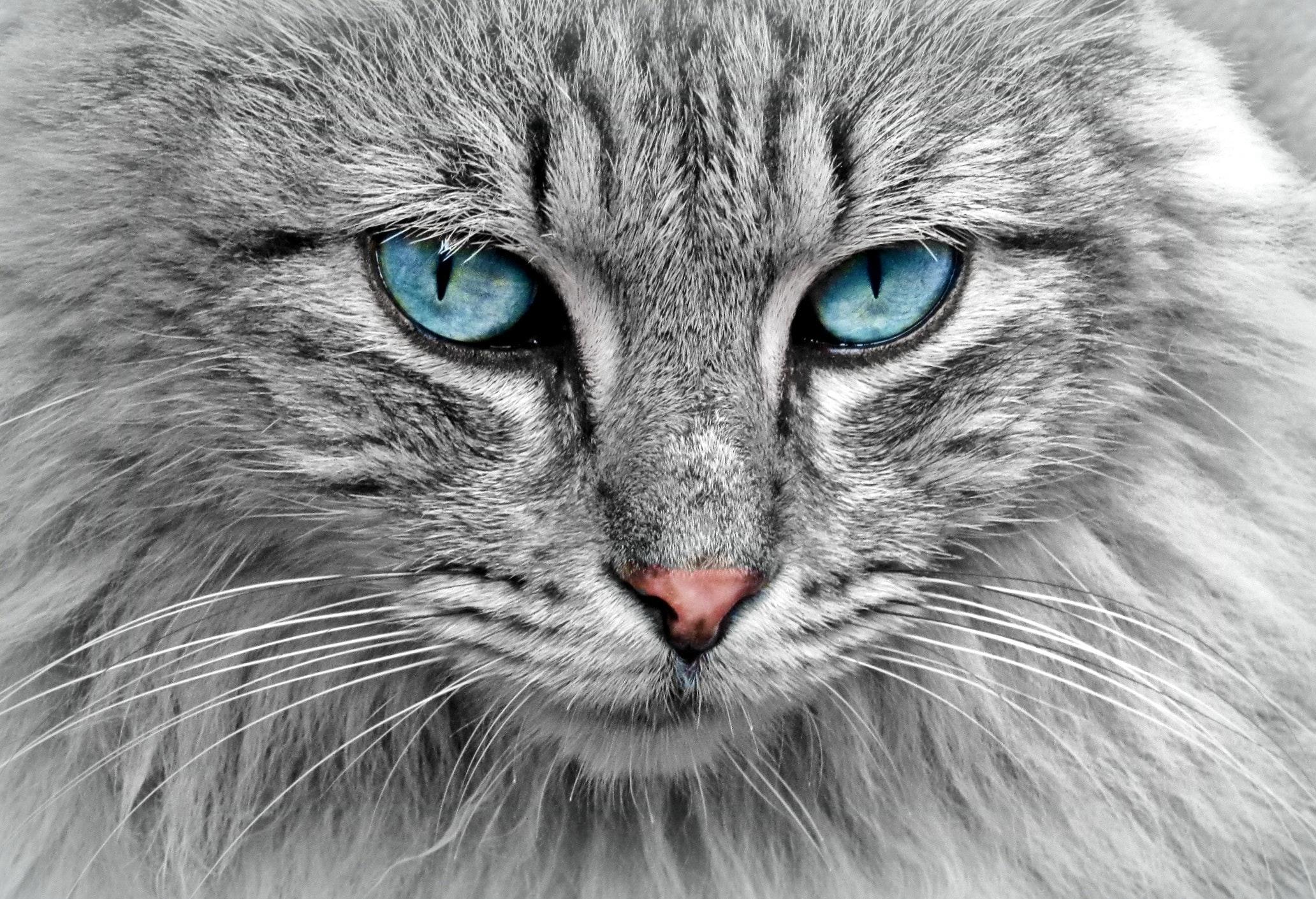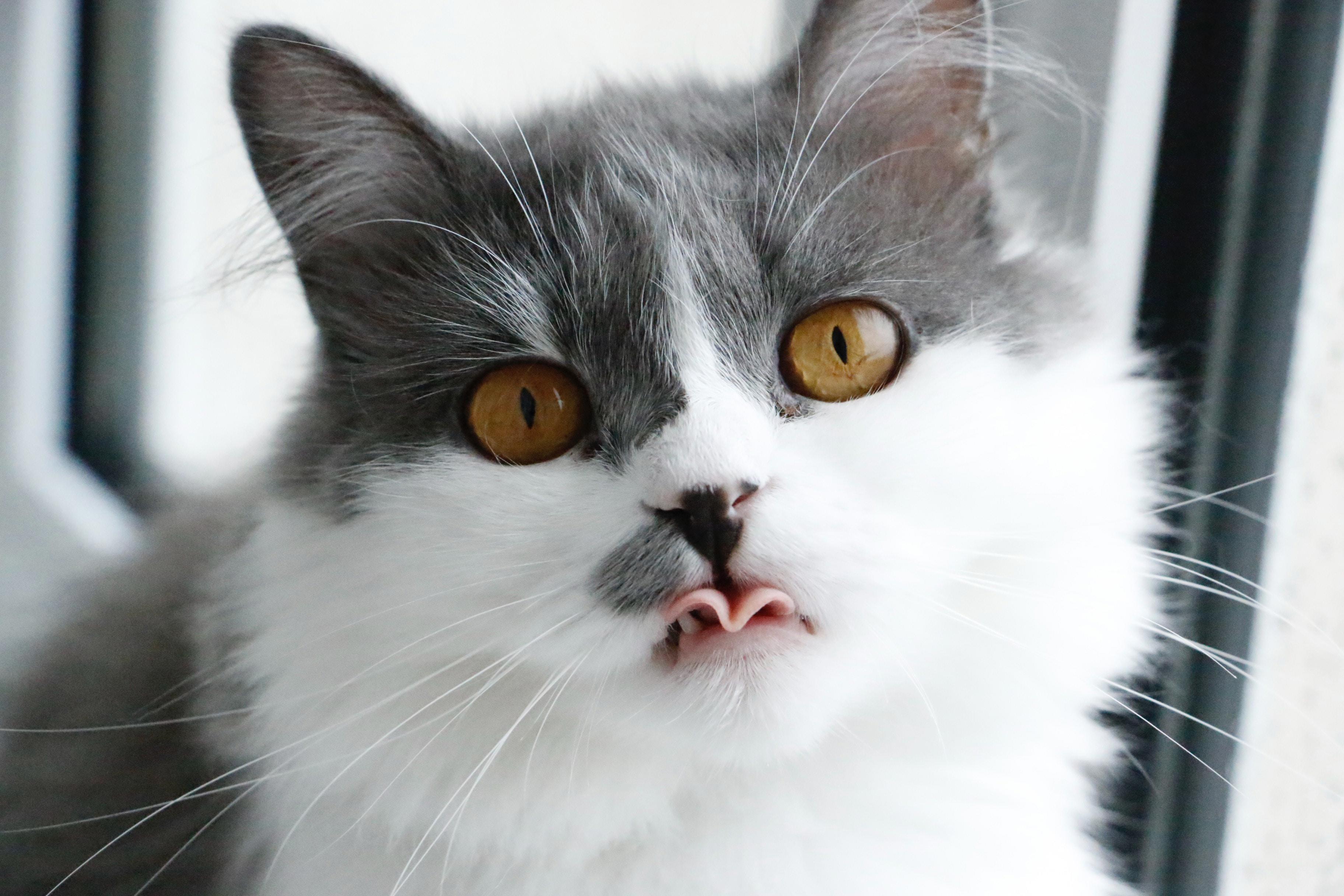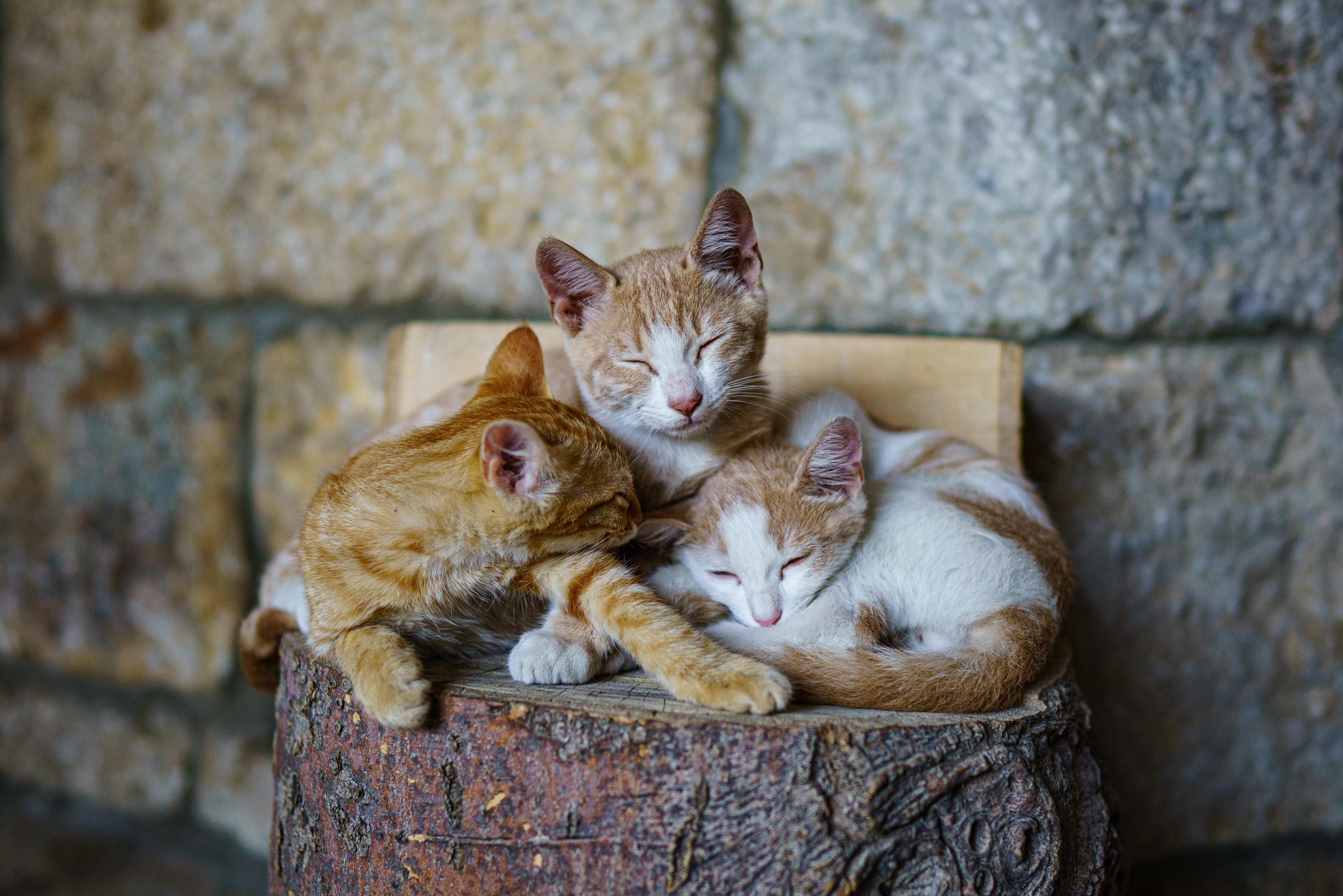Having a pet cat can be a great source of joy and companionship. Unfortunately, cats are just as prone to health issues as any other pet. Respiratory problems can be especially concerning, but understanding the symptoms and treatment options can help you provide your cat with the best possible care. In this blog post, we’ll explore common respiratory problems in cats, as well as the treatments available to help your cat get back to good health.
As a cat parent, it is important to be aware of potential respiratory problems your cat may face. Respiratory problems can range from mild to severe, and can be caused by a variety of factors including allergies, viruses, parasites, and bacterial infections. It is important to recognize the signs of a respiratory problem in your cat, as early diagnosis and treatment can help to minimize the severity of the issue.
The most common signs of a respiratory issue in cats are coughing, wheezing, sneezing, difficulty breathing, and discharge from the nose or eyes. If your cat exhibits any of these symptoms, it’s important to seek veterinary care as soon as possible, as the underlying cause must be identified and treated in order to alleviate the symptoms.
Once your veterinarian has identified the underlying cause of the respiratory issue, they will be able to recommend the appropriate treatment for your cat. Treatment options for cats with respiratory issues can range from medications to lifestyle changes.
For cats with allergies, medications such as antihistamines or corticosteroids may be prescribed to reduce inflammation and relieve symptoms. In addition, environmental changes such as reducing exposure to potential allergens, or using air purifiers, may help to reduce the severity of symptoms.

For cats with viral respiratory infections, supportive care is the primary treatment. This may include IV fluids, antibiotics, and medications to reduce coughing and other symptoms. Some viral infections may also be treated with antiviral medications, if available.
For cats with bacterial respiratory infections, antibiotics are the primary treatment. In some cases, additional supportive care may be necessary, such as oxygen therapy or fluid therapy.
In more severe cases, surgery may be necessary. This may include removal of infected tissue, or a procedure to widen the airways.
In addition to medical treatment, there are lifestyle changes that you can make to help keep your cat’s respiratory system healthy. For example, if your cat lives in a house with smokers, it is important to keep them away from the smoke as much as possible. You should also make sure to give your cat regular check-ups with your veterinarian.
Understanding respiratory problems and treatment options for cats is essential for any cat parent. By recognizing the signs of a respiratory issue early and seeking prompt veterinary care, you can help ensure your cat gets the best possible treatment and has a full recovery.
Respiratory problems in cats can be a serious concern for any pet owner, as cats can quickly become very ill if their respiratory issues are not treated in a timely manner. Thankfully, there are a variety of treatments available for cats with respiratory issues, ranging from antibiotics to surgery. Understanding the signs of respiratory problems in cats and the various treatment options available is essential for any cat owner. With the right knowledge and care, cats with respiratory issues can be successfully treated and go on to lead a long and healthy life.







